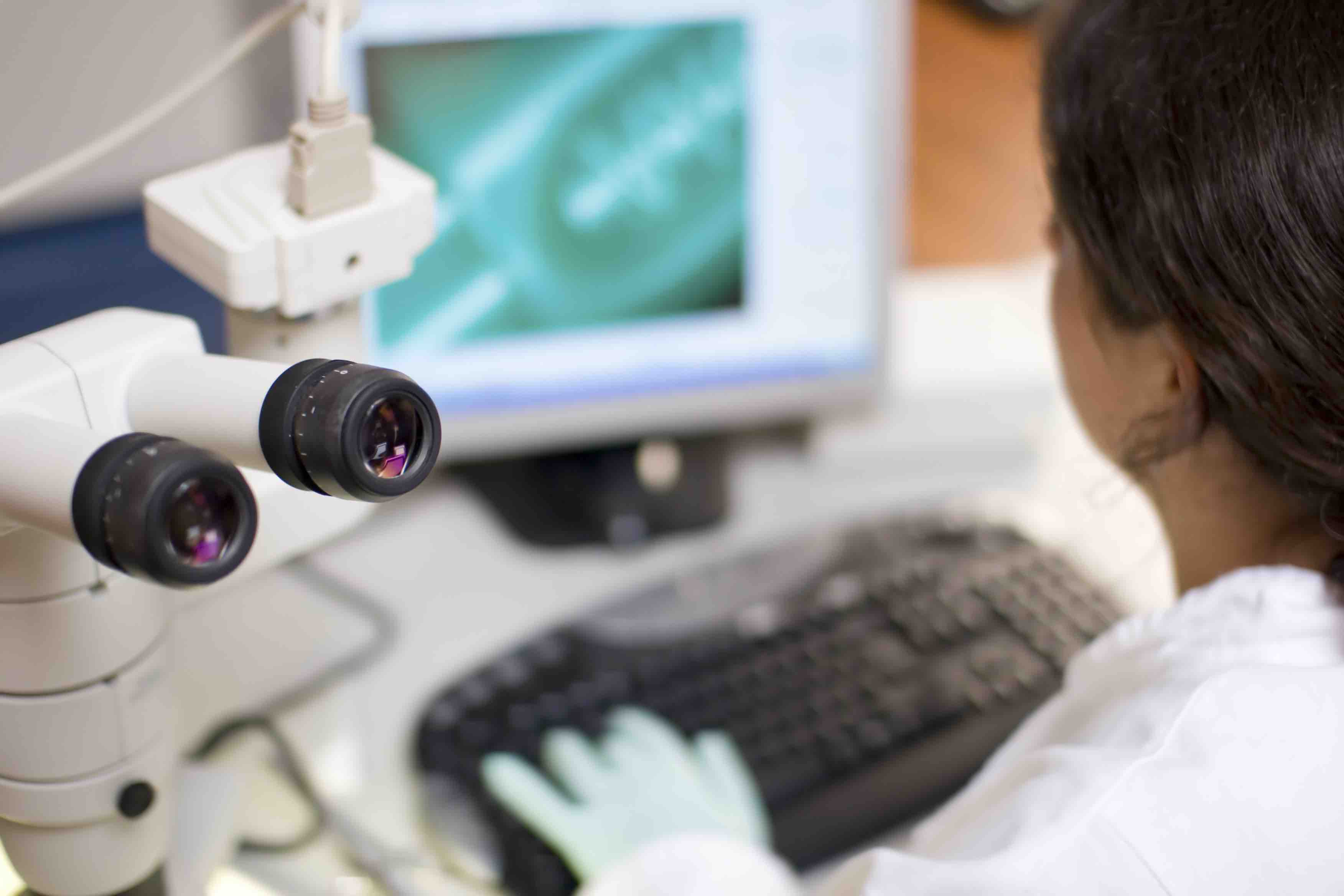Reflections on the Energy Reduction Workshop, April 2015

Laboratory Programme Facilitator Andrew Arnott reflects on the recent Energy Reduction Workshop that aimed to share best practice about energy reduction in laboratories.
On 30th April 2015 a function suite in the Edinburgh Centre for Carbon Innovation saw the gathering of a large number of University of Edinburgh staff and invited guests to listen to talks at an Energy Reduction Workshop. The talks, hosted by the Estates department’s Dougie Williams (Energy Systems Manager), focused on energy reduction in laboratories which are often the most energy intensive areas of a university’s estate. The University of Edinburgh has recognised the importance of including laboratories within its sustainability efforts by appointing me in a full time position to focus specifically on this area (one of only a handful of UK universities to have created such a role).
After a brief introduction the first speaker was invited to give her presentation. Kathy Hilton from the Gurdon Institute (University of Cambridge) spoke on how the Institute had managed to achieve significant energy savings via a combination of behaviour change and infrastructure change programmes. The behaviour change programmes had been supported by a substantial programme of submetering around the Institute so that changes in energy consumption could be easily and accurately identified. This submetering service was provided by Building Sustainability Ltd, whom we would hear more from later. Institute staff were initially engaged in a 3-day intensive campaign led by Kathy and her team, which encouraged staff to sign ‘pledges’ in exchange for cake and coffee! This then led on to an inter-lab competition to see which team could reduce their energy consumption by the greatest amount (supported by the evidence from the submetering). A league table of the performance of each team was compiled and displayed and a £1,000 prize was awarded to the team achieving the greatest reduction. This scheme has since been stopped but the energy consumption of the Institute has remained low, indicating that the behaviour change campaign has resulted in a permanent culture change.
The university pays for the energy consumption across its estate (including the Gurdon Institute) and has an energy reduction incentivisation scheme which sets targets for each building. If a building exceeds the target they received a financial reward, but if they miss the target they received a fine. Prior to the energy saving campaign the Gurdon Institute received fines but has since received substantial rewards. The money collected from this was used to refurbish the common areas of the building once the Institute had achieved savings of one million kWh.
In terms of infrastructure changes the Institute invested (using a £2million revolving fund operated by University of Cambridge) in lighting, air compressors, humidifiers and ventilation. As with the behaviour change campaign submetering was arranged to gather baseline data, prior to replacing equipment and measuring the new performance. These technologies were identified as being substantial energy users (via submetering) and areas where improvements were possible by reducing the energy demand and operational hours of the equipment, while still remaining within safe and legal limits.
After Kathy’s highly motivating and interesting talk and subsequent Q&A session, we heard from Chris Mulholland at Critical Airflow Europe, who produce a technology called “Aircuity”. This technology uses various sensors to control the operation of variable air volume (VAV) ventilation systems, ensuring that the amount of air changes per hour is set appropriately for the air quality (i.e. if the air is clean then the ventilation rate is low, but if a hazardous chemical is spilled the ventilation rate is much higher). This is in contrast to the performance of constant volume ventilation systems (prevalent across many university estates) which draw the same high rate of air regardless of air quality. Unnecessary expulsion of air via ventilation systems is a substantial energy cost in laboratories, as temperature controlled make-up air must be brought into the lab via the energy intensive heating/cooling systems. Chris provided a number of compelling case studies from universities around the world to demonstrate the effectiveness of the technology.
Following an interesting period of Q&A the final speaker took to the stage. George Bartley from Building Sustainability Ltd took the audience through a live demonstration of the submetering tool and its ‘dashboard’ or user interface, demonstrating the many and various opportunities for data analysis presented by the technology.
The event provided a great platform for discussion between decision makers and practitioners at University of Edinburgh, experienced individuals from other scientific institutions who have faced the same issues as us and taken steps to overcome them, and providers of support services and technologies to assist organisations in making the changes necessary to meet our all-important carbon and cost saving targets. It has certainly provided a great amount of food for thought going forward both for the University of Edinburgh staff in the audience, and their invited guests from other institutions.
If you would like more information on making your laboratory more sustainable contact Andrew Arnott on 0131 650 4064 or Andrew.arnott@ed.ac.uk.





Recent comments